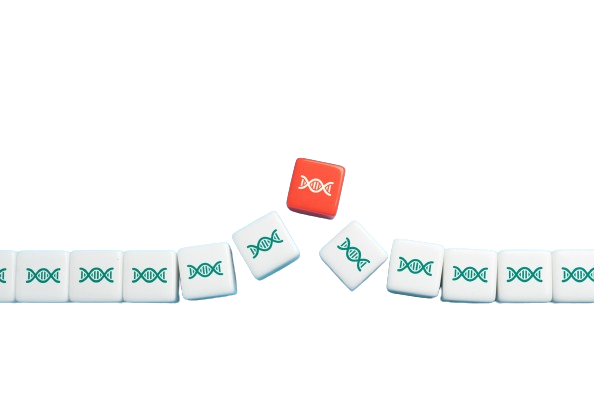This article was first published on World Earth Day, 22 April 2022.
The article was updated on 12 October 2023, to reflect data approval of our near-term emission reduction target by the SBTi.
We strive to reduce our impact on the environment
As part of our ESG (Environment, Social, and Governance) strategy, we strive to reduce our impact on the environment as much as we can.
At Fagron, we focus on the following three environmental topics:
- Climate change and (renewable) energy use
- Emissions to air and soil
- Waste management
Curious about what we do to reduce climate change impact and energy use? Keep reading!
Our targets
Our journey started in 2018 by looking into our carbon footprint for the first time. In 2019, we formulated goals to reduce the greenhouse gas intensity of our activities by 30% by the end of 2025 in comparison to 2019, by decreasing emissions from refrigerants (scope 1), energy use (scopes 1 and 2), and business travel (both by car and airplane) (scope 1, 2, and 3).
In early 2022, we added our ambition to only use renewable electricity by the end of 2030. To realize this target, we are increasing the quantity of electricity generated with solar panels at our facilities and are increasing the quantity of electricity we buy from sustainable sources (wind, sun, hydro).

Furthermore, in September 2022, we committed to set science-based emission reduction targets and have these validated by the Science Based Targets initiative (SBTi) to meet the goals of the Paris Agreement of limiting global warming to 1.5°C. As part of our commitment to the SBTi, we submitted greenhouse gas emissions reduction targets for Scope 1, 2 and 3 emissions in line with the SBTi’s criteria for validation in December 2022.
In October 2023, after validation, the SBTi approved our near-term emission reduction target. The official validated target is:
“Fagron NV commits to reduce absolute scope 1 and 2 greenhouse gas emissions 42% by 2030 from a 2021 base year. Fagron NV also commits to reduce absolute scope 3 greenhouse gas emissions from fuel and energy related activities, upstream transportation and distribution, waste generated in operations, business travel, employee commuting, downstream transportation and distribution and end of life treatment of sold products 25% within the same timeframe. Fagron NV further commits that 60% of its suppliers by emissions covering purchased goods and services, will have science-based targets by 2027.”
You can read more about our approved targets here.
What are we doing to realize our ambitions?
To reduce our greenhouse gas emissions, we are focusing on the following: (1) energy efficiency, (2) renewable energy, (3) electrifying our car park, and (4) reducing flights.
Energy efficiency
In 2021 and 2022, we have conducted energy scans at five of our 10 most energy intensive locations. On the basis of these scans we look at opportunities to reduce energy use at the relevant locations, make plans and implement these.
Globally, we are transitioning to LED lighting at all Fagron locations.
At year-end 2022, 55 of our 81 locations were equipped with LED lighting. Plans to realize the transition in the remaining locations during 2023 have been finalized and are currently being rolled out.
Renewable energy
We are constantly looking for opportunities to make our energy use more sustainable. We do this by installing solar panels at our facilities. In 2022, we have installed solar panels at six facilities that provide approximately 40% of the electricity consumption of the facilities per location. Additionally, one of the facilities which we acquired in 2022 had solar panels. Adding this number to the locations that already had solar panels in 2021, we started 2023 with 14 facilities with solar panels. We are currently installing solar panels at one additional location and are planning to place additional solar panels at two locations that already had solar panels during 2023.
Furthermore, when preparing investment plans for new facilities or the expansion or refurbishment of existing facilities, we always look at the possibilities of including the installation of solar panels.
In addition to generating renewable energy ourselves, we also purchase renewable energy for some of our locations.
In 2022, 19.5% of the electricity used by Fagron globally was either generated by our own solar panels or purchased from renewable sources (2021: 8.9%).

Electrifying car park
We are exchanging fossil fuel lease cars for fully electric or plug-in hybrid cars. We strive to only drive electric lease cars in our EMEA region by year-end 2025. At year-end 2022, 33% of all our lease cars were full-electric or PHEVs (2021: 18%).
Travel policy
Our travel policy is targeted at reducing the number of business flights and promoting traveling by train or electric car. Fagron uses a global business travel booking tool to facilitate monitoring and enforcing compliance with the travel policy.
Results
Our efforts to reduce our greenhouse gas intensity compared to 2019 are paying off, despite the significant growth we have realized as a company since then! In 2022, we reduced our greenhouse gas intensity by 20% compared to 2019.


For more details on energy use and our greenhouse gas emissions, check out our latest annual report here.
Follow our ESG journey
We are working non-stop to realize our targets and want to be transparent about our results and activities. Annual progress can be followed in our most recent annual report. We also report on progress during the year in the news segment on our website and on LinkedIn.
If you have any questions or suggestions on what we could do to improve, you can reach us at ESG@fagron.com.





